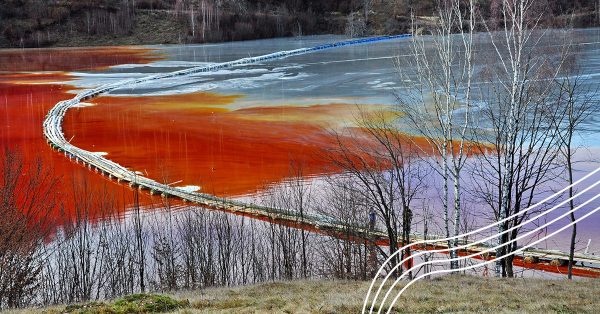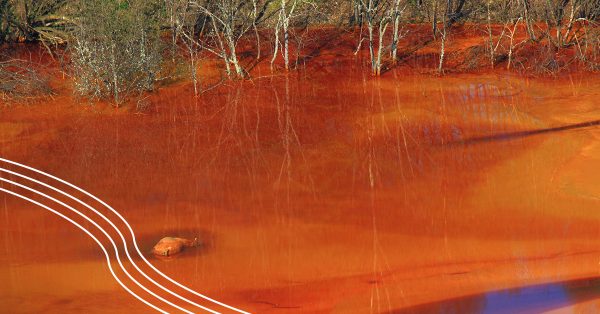What do veggie oil, wool and sulphur have in common? Mixed together, they could be the answer to some of the world’s biggest environmental cleanup problems.
It has been exactly a year since Clean Earth Technologies (CET) broke new ground with a technology partnership that is combining simple ingredients with smart chemistry to fix some of the planet’s most devastating problems, like oil spills, mercury pollution and fertiliser runoff.
Despite the challenges of growing an international company, with headquarters in Singapore, operations in Australia, and potential customers worldwide, COVID restrictions haven’t slowed CET’s ambitious growth plans.
The company has joined forces with world-leading researchers at the Chalker Research Lab, at South Australia’s Flinders University, to develop and commercialise a range of patented technologies including a class of novel polymers used for environmental remediation and other benign methods for recycling and managing e-waste.
The breakthrough ingredient is an absorbent polysulfide “clean-up” agent invented by award-winning South Australian scientist Associate Professor Justin Chalker. The polysulfide is a polymer that absorbs pollutants and is made from low-cost ingredients, including sulfur, a waste by-product of the petroleum industry which is currently stockpiled in massive volumes around the world, and plant oil, such as Canola. It can even be made from waste cooking oil.
CET is commercialising the new polysulfide for global markets and is working on setting up the first manufacturing facility in South Australia.
Additionally, the most advanced product in the range is the clean gold ore extraction process being developed by Clean Mining, part of the CET Group.
It has been two years since the process was voted best metallurgical innovation in the prestigious 2019 international Mining Magazine Awards.
Since then, more than 50 ore samples from around the world have been successfully tested by CSIRO, Australia’s national science agency. Extraction results have reached up to 80-95%, matching conventional cyanide techniques, and proving that green options are no more expensive when the end-to-end process is taken into account.
Combined with dewatering solutions, mines can significantly reduce their environmental footprint and avoid risk by replacing massive tailings dams with dry-stack tailings that can be safely stored and re-processed.
Let us show you how.



